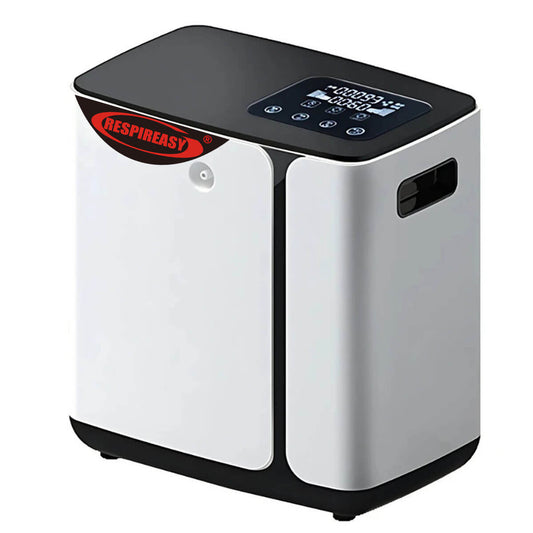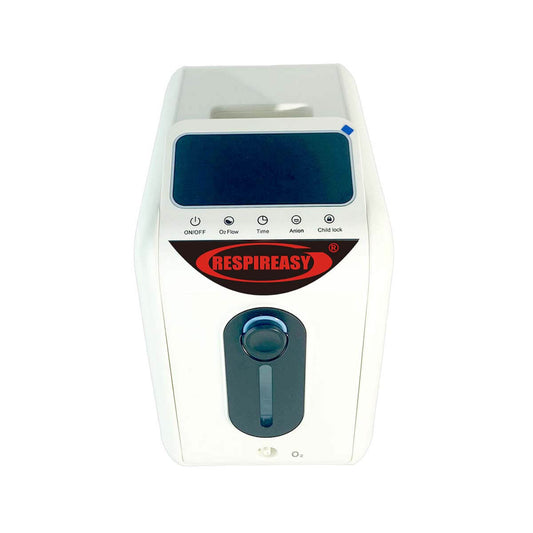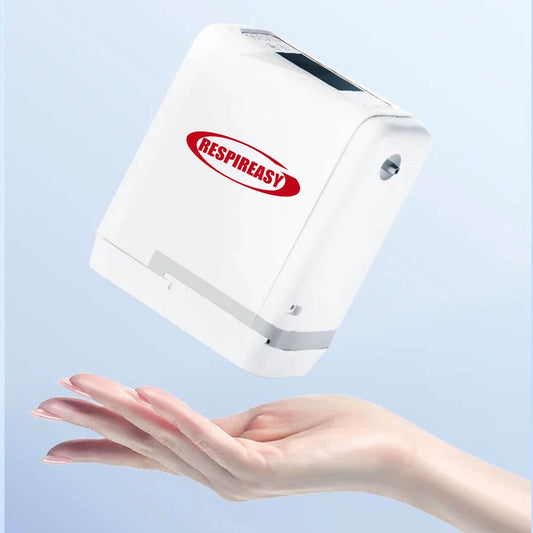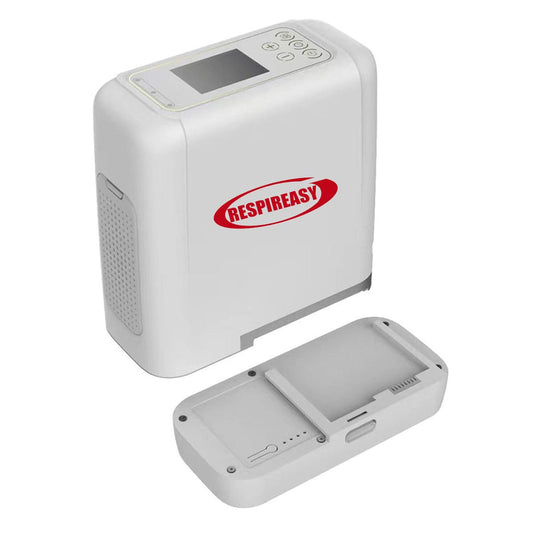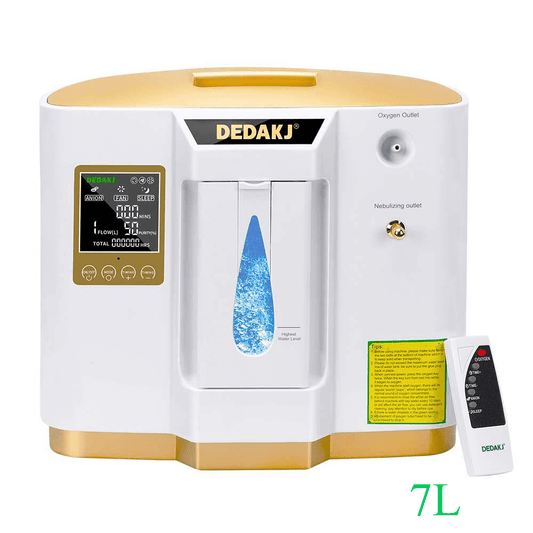Working Principle Of Household Finger Clip Oximeter
What is the oximeter for?
The oximeter is used to monitor the peripheral blood oxygen concentration, which plays a monitoring role and monitors changes in the condition. The oximeter mainly measures blood oxygen saturation. Blood oxygen saturation is an important indicator reflecting the oxygen status in the body. The main measurement indicators of the oximeter are pulse rate, blood oxygen saturation, and perfusion index (PI). Blood oxygen saturation is one of the important basic data in clinical medicine. Oxygen saturation refers to the percentage of combined O2 capacity in the total blood volume to the total combined O2 capacity.
The pulse oximeter has P2 to indicate the normal value of 60-100 beats per minute; the blood oxygen saturation is expressed by SPO2 to indicate the normal value of 95%~98%, the highest is 100%; the advanced oximeter also has the perfusion index to indicate by PI The greater the pulsating blood flow, the more pulsating components and the greater the PI value.
- Pulse: refers to the pulsation of superficial arteries. The pulse and heartbeat of a normal person are consistent, and the pulse rate will increase when you are nervous or exercising.
- Blood oxygen saturation: refers to the concentration of blood oxygen in the blood, which is an important physiological parameter of the respiratory cycle. If it is lower than 95%, it indicates that hypoxia is still present. For chronic respiratory diseases such as chronic obstructive pulmonary disease and asthma, it is manifested as hypoxia.
- Perfusion index: reflects the blood perfusion capacity. In the case of low perfusion, it indicates whether the subject has heart problems, shock, etc., and it can also reflect whether there are external factors such as cold weather and poor peripheral circulation.
- The oximeter is mainly applicable to people: people with vascular diseases (coronary heart disease, hypertension, hyperlipidemia, cerebral thrombosis); people with respiratory diseases (asthma, bronchitis, old chronic bronchitis, pulmonary heart disease, COPD) ; the elderly over 60 years old; people who work more than 12 hours a day; blood oxygen monitoring in extreme sports and high mountain hypoxic environments; long-term alcoholics, etc.
Working principle of household finger clip oximeter
The oximeter is a portable clinical instrument, which is mainly used to monitor the patient's pulse, blood oxygen saturation, and blood perfusion index and other indicators. The most important thing is to look at blood oxygen saturation, which refers to the content of hemoglobin combined with oxygen in all hemoglobin. The higher the oxygen-carrying hemoglobin content, the higher the oxygen concentration in the blood, which means that the patient is in an oxygen-rich state, not in a hypoxic state.
Under normal circumstances, it is considered that the oxygen saturation should be 95% or above. If it is less than 95%, it means that the patient has experienced a drop in oxygen concentration to varying degrees. Further investigation is required to clarify the cause of the drop in oxygen concentration.

Blood oxygen mainly refers to the oxygen in the blood. Generally speaking, the normal blood oxygen saturation of the human body will be above 95%. On the premise that there is no high blood oxygen saturation, the higher the oxygen content in the blood, The body's metabolism is better.
But if the blood oxygen saturation is too low, and the blood oxygen saturation is lower than 93% when measured with an accurate instrument, you need to go to the hospital in time. The principle of the oximeter is to use visible light or near-infrared light to detect the congested peripheral tissue of the human body, and then calculate the dynamic blood oxygen saturation of the tissue.
There are many clinical diseases that can lead to decreased blood oxygen saturation, such as pneumonia and obstructive flying cakes, etc. If blood oxygen saturation is too low, if it is not measured, shortness of breath, insufficient energy supply and issues such as fatigue.

Insufficient oxygen supply will affect the oxygen saturation of the blood and affect the normal metabolism of cells. If it cannot be dealt with in time, or it cannot be slowed down, it may threaten people's lives in severe cases.
By measuring blood oxygen saturation, blood oxygen problems can be detected in time, so that patients can go to the hospital for corresponding treatment as soon as possible, and it can also help doctors diagnose whether patients have respiratory diseases.
Oximeters include finger clip type, wrist type, arm type, handheld type, wearable type, etc., all of which are relatively portable instruments. They are very convenient and simple to use, and are suitable for use in various situations.
If you feel short of breath and feel dizzy and sleepy easily, you can test your blood oxygen to see if there is too low blood oxygen saturation. If unwell, seek medical attention promptly.
Recommand:Click&Check


































